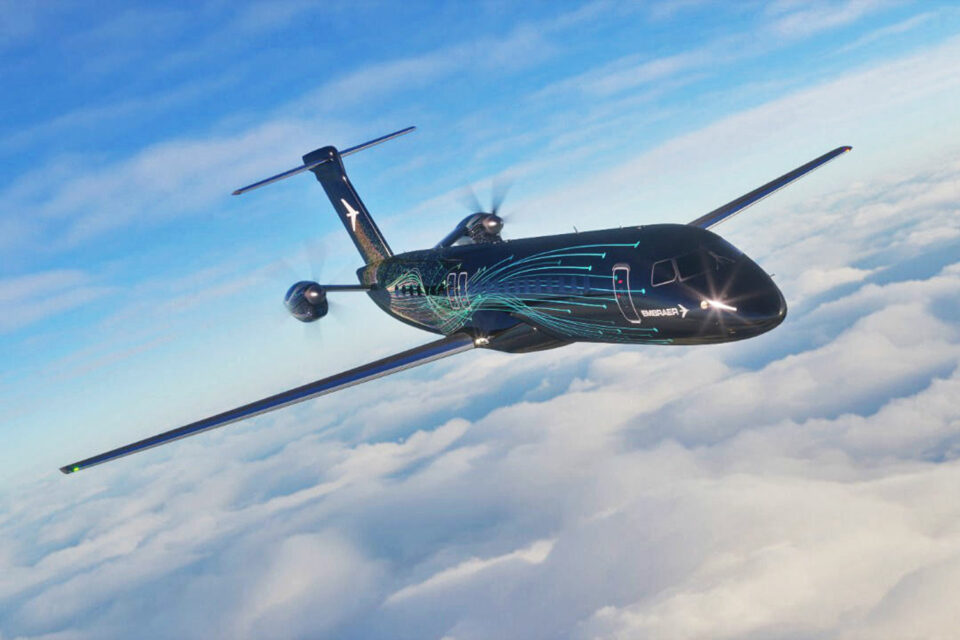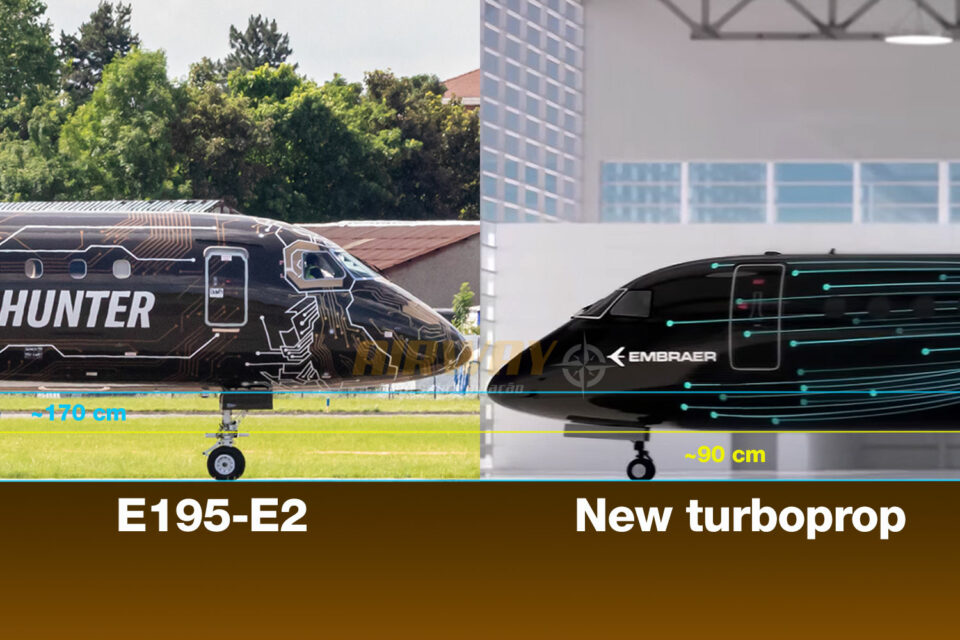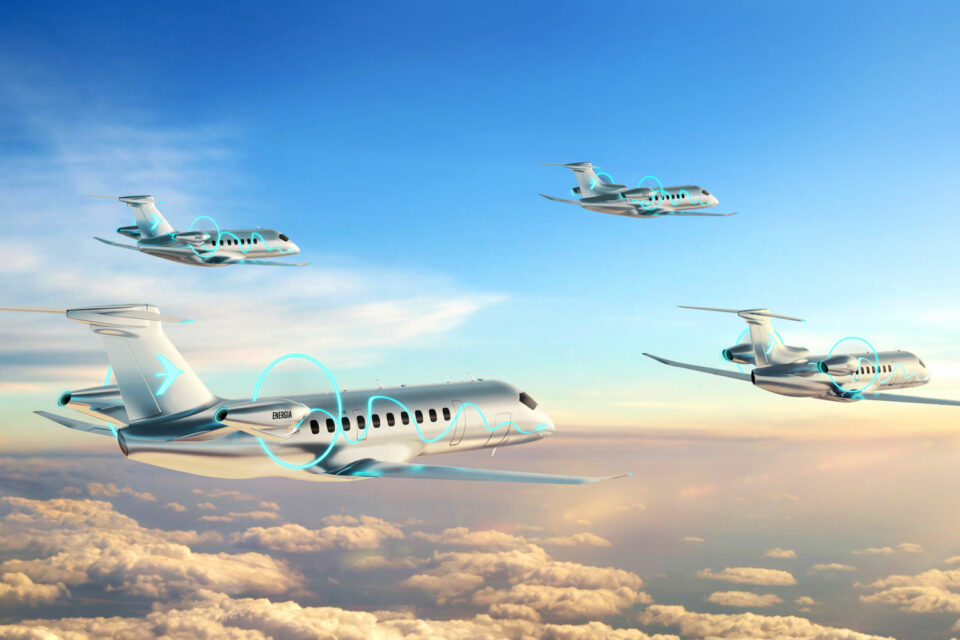Embraer surprised by confirming that the new generation turboprop project is no longer a priority for the company. Until then, the program had been considered by its executives to be very promising in terms of sales potential.
In a statement released on Tuesday, the Brazilian planemaker reaffirmed its optimism: “Embraer’s market studies and discussions with airlines shows strong demand exists globally for an advanced next generation turboprop aircraft.”
However, the company admitted difficulties in obtaining minimally efficient components so that the aircraft, with a capacity of between 70 and 100 passengers, can offer a convincing operational performance for its potential customers.
“The program will only become viable if it reaches goals in performance, maintenance and sustainability. As of today, the options available from a few suppliers are not yet there with respect to all targets“, explained the company.
Due to the uncertainties, “Embraer has decided to postpone the decision on whether to go ahead with a next generation turbo prop aircraft, but will work closely with potential suppliers during the course of 2023 to secure the business the program requires.”

Technology in transition
What could have led Embraer to rethink the project in a few months? Until then, the launch of the program was expected for the end of this year, with sales starting in 2023 and entry into service in 2028.
The company even confirmed that it had more than 250 letters of intent to purchase the new plane, most of the 70-seat version, which would rival the successful ATR 72.
As expected, the company did not detail what aspect made it decide to postpone the project, but it is quite likely that it mainly involves the engines.
The passenger turboprop presented by the company is not a revolutionary project so far, but a combination of characteristics that can give it a performance far superior to existing models on the market.

Among them are the sharing of the fuselage with the E-Jets, the position of the engines in the tail, which makes it quieter than rivals, the reduced ground height, which benefits operations at airports with smaller infrastructure, and the incorporation of technologies already mastered as the fly-by-wire flight system.
A package that would certainly make the Brazilian turboprop very attractive, but the big issue would be the timing. The air travel is at the beginning of a phase of profound changes thanks to carbon emission reduction targets.
Because of this movement, new disruptive technologies are being developed on several fronts, from hybrid-electric engines to hydrogen propulsion and pure electricity.
As there is no clear pattern to follow, anyone who ventures to launch a product too soon can face a big situation down the road. It’s like the 1980s when the electronics industry created two VCR standards, VHS and Betamax. Those who bet on the second ended up losing.

Pratt & Whitney and Rolls Royce
The recent evolution of the Energia family of sustainable aircraft provides clues about Embraer’s shift in focus. Although they are much smaller aircraft and still have a distant perspective, the hybrid and hydrogen models represent the front line of the company’s future.
Obviously a turboprop with up to 100 seats will not be converted to new standards anytime soon due to the low range and performance of these technologies at the beginning. But they will pave the way for larger aircraft to one day be transformed.
The big question currently seems to be the speed of this transformation. Without much more efficient conventional engines available on the market, Embraer would run the risk of placing a product on the market that could soon become obsolete.
The company talks with Pratt & Whtiney, an important partner today and which also owns the PW100/150, an engine that dominates the market.
It also approached Rolls-Royce, which supplied the AE 3007 engines that equip its ERJs, and is part of the studies for a zero-emission regional aircraft in partnership with the Norwegian carrier Wideroe.
Despite the initial disappointment, the decision to wait a little longer before placing the new commercial aircraft on the market seems sensible and could bear fruit in the not so distant future.

